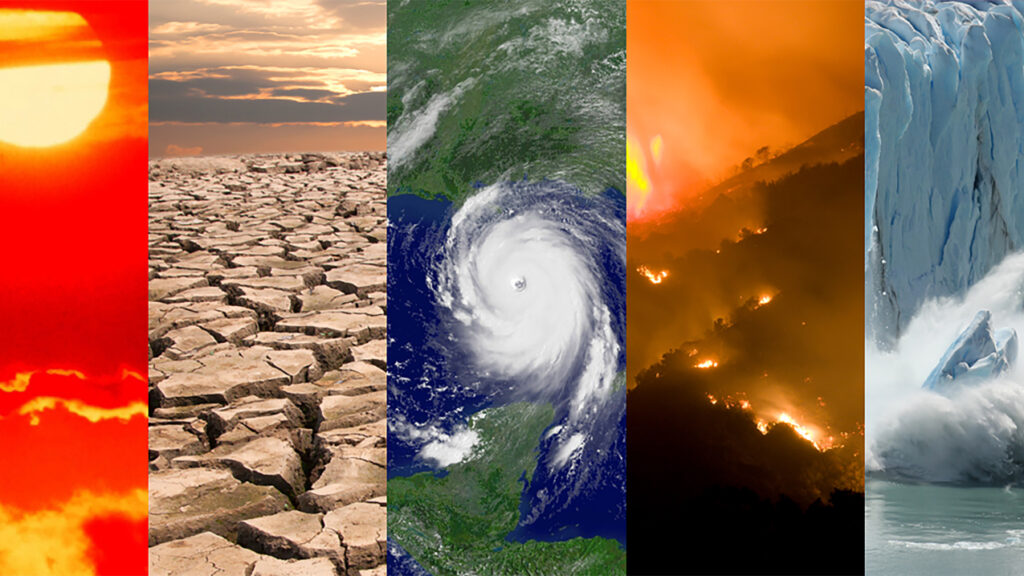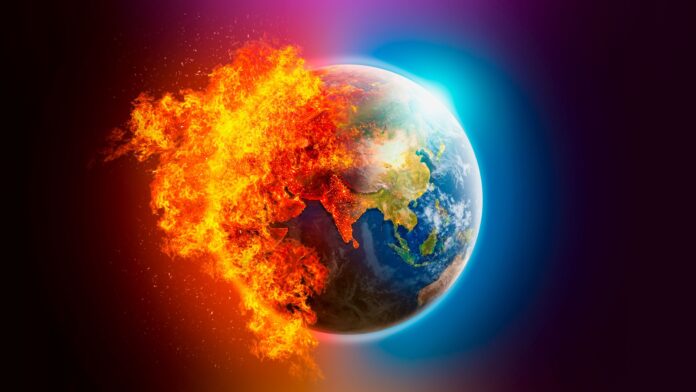Climate change has become one of the most pressing global issues of our time. It refers to long-term shifts in temperature patterns and weather conditions on Earth, primarily caused by human activities. The scientific consensus is clear: the Earth’s climate is warming, and human actions are the primary drivers of this change. In this article, we will delve into the science behind climate change and explore its profound impact on the planet.
The Greenhouse Effect:
To understand climate change, we must first grasp the concept of the greenhouse effect. The Earth’s atmosphere contains certain gases, such as carbon dioxide (CO2) and methane (CH4), which act as a blanket, trapping heat from the Sun and preventing it from escaping back into space. This natural process keeps the Earth warm and habitable, creating a stable climate.
Human Activities and the Enhanced Greenhouse Effect:
However, human activities, particularly the burning of fossil fuels such as coal, oil, and gas, have significantly increased the concentration of greenhouse gases in the atmosphere. Deforestation, industrial processes, and agriculture also contribute to this rise. As a result, the natural greenhouse effect is enhanced, leading to a phenomenon known as global warming.
The Evidence of Global Warming:
Scientists have gathered extensive evidence to support the existence of global warming. They have measured rising temperatures both on the surface and in the ocean, observed the shrinking of glaciers and polar ice caps, and documented the acidification of the oceans. Moreover, they have conducted studies on tree rings, ice cores, and historical records to reconstruct past climates and compare them with the present. The data unequivocally demonstrates that the Earth is experiencing a period of rapid warming.
Climate Change and Extreme Weather Events:
One of the most noticeable consequences of global warming is the increase in extreme weather events. Heatwaves, droughts, floods, hurricanes, and wildfires have become more frequent and severe in many parts of the world. Rising temperatures intensify the water cycle, causing more evaporation and leading to heavier rainfall in some areas. At the same time, other regions experience prolonged dry spells, which exacerbate the risk of wildfires and agricultural failures.

Rising Sea Levels:
As global temperatures rise, the polar ice caps and glaciers melt, resulting in rising sea levels. This poses a significant threat to coastal communities and low-lying islands. As the oceans expand due to the increased heat, they encroach upon land, leading to erosion, saltwater intrusion, and the loss of valuable ecosystems such as mangroves and coral reefs. In addition to these direct impacts, higher sea levels also increase the vulnerability of coastal areas to storm surges and flooding.
Ecosystem Disruption:
Climate change disrupts ecosystems and poses a threat to biodiversity. Many plant and animal species are facing habitat loss, reduced food availability, altered migration patterns, and increased susceptibility to diseases and pests. Changes in temperature and precipitation regimes can also lead to shifts in the distribution of species, impacting entire ecosystems. These disruptions can have far-reaching consequences for food security, water resources, and the overall stability of ecosystems.
The Socioeconomic Impacts:
Climate change is not only an environmental issue but also has significant socioeconomic implications. It affects agriculture, water availability, public health, and the economy. Crop yields may decline due to changes in temperature and precipitation, leading to food shortages and price increases. Changes in the availability of water resources can exacerbate conflicts and disrupt energy production. Additionally, the health of individuals can be compromised due to heat-related illnesses, the spread of infectious diseases, and the displacement of communities.
Mitigation and Adaptation Strategies:
To address the challenges of climate change, a two-pronged approach is needed: mitigation and adaptation. Mitigation focuses on reducing greenhouse gas emissions through the transition to renewable energy, energy efficiency measures, sustainable land use practices, and changes in consumption patterns. Adaptation involves preparing for and managing the impacts that are already occurring or expected in the future, such as implementing early warning systems, developing resilient infrastructure, and enhancing the capacity of communities to cope with climate-related risks.
In conclusion, the science behind climate change is well-established, and its impact on the planet is profound. Human activities have caused an enhanced greenhouse effect, leading to global warming and a range of consequences, including extreme weather events, rising sea levels, ecosystem disruption, and socioeconomic challenges. Urgent action is required to mitigate greenhouse gas emissions and adapt to the changes already underway. By understanding the science and working together, we can strive towards a more sustainable and resilient future for our planet and future generations.

